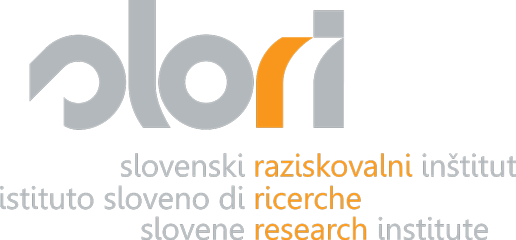Suzana Pertot
Trst, SLORI, 2002
In 1990 and 2000 the pupils from the upper classes of Slovene-language secondary schools in Trieste took part in two projective tests of spatial localisation of some social groups and territorial concepts. The aim was to register the possible variations in national identity and in the sense of geographic belonging following the dissolution of the ex-Yugoslavia and the birth of the Slovene state. The results show that the adolescents in 2000, like those in 1990, generally identify themselves with the group of Slovenes from Trieste, and see Trieste and the Karst as their place of belonging. The author observes the differences in the growing distance between the subjects and concepts “Slovenes from Slovenia” and “Slovenia”.
